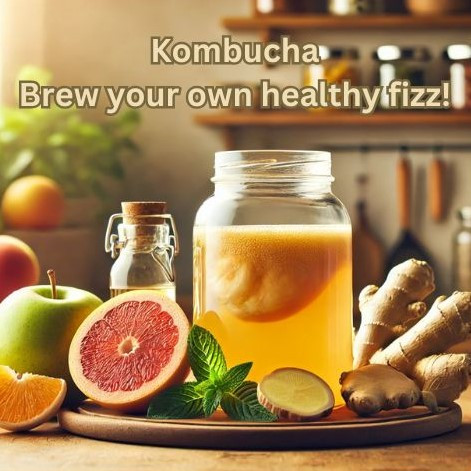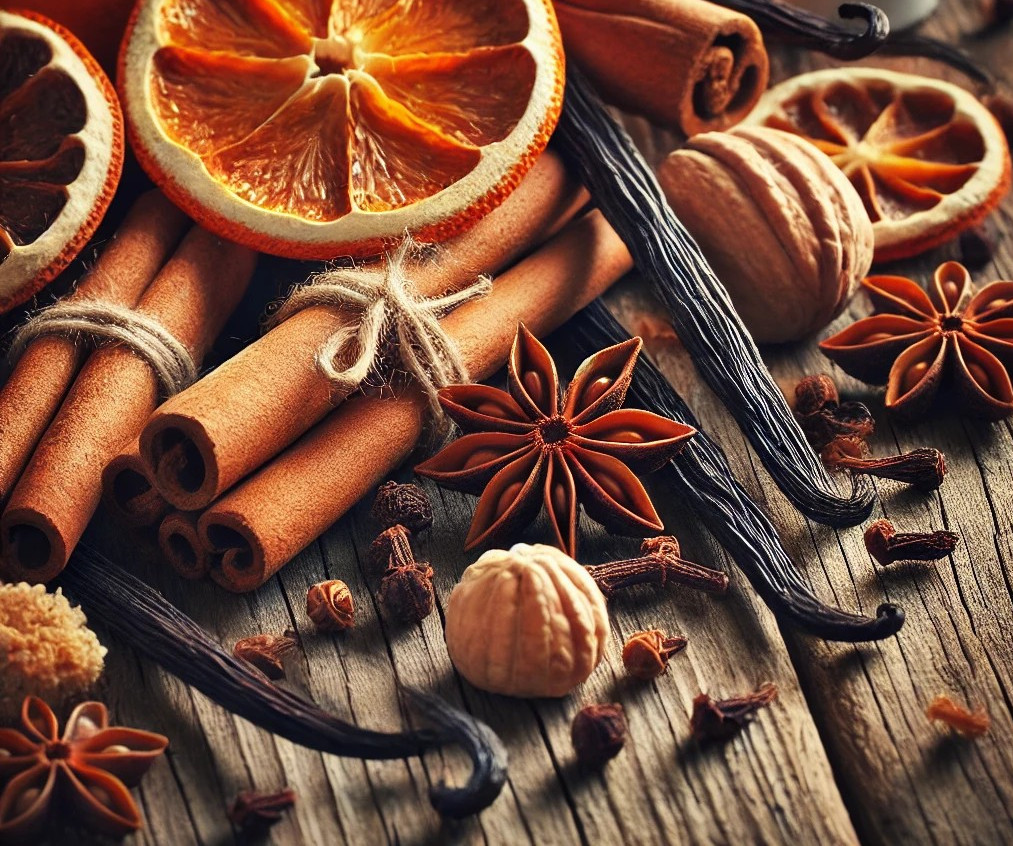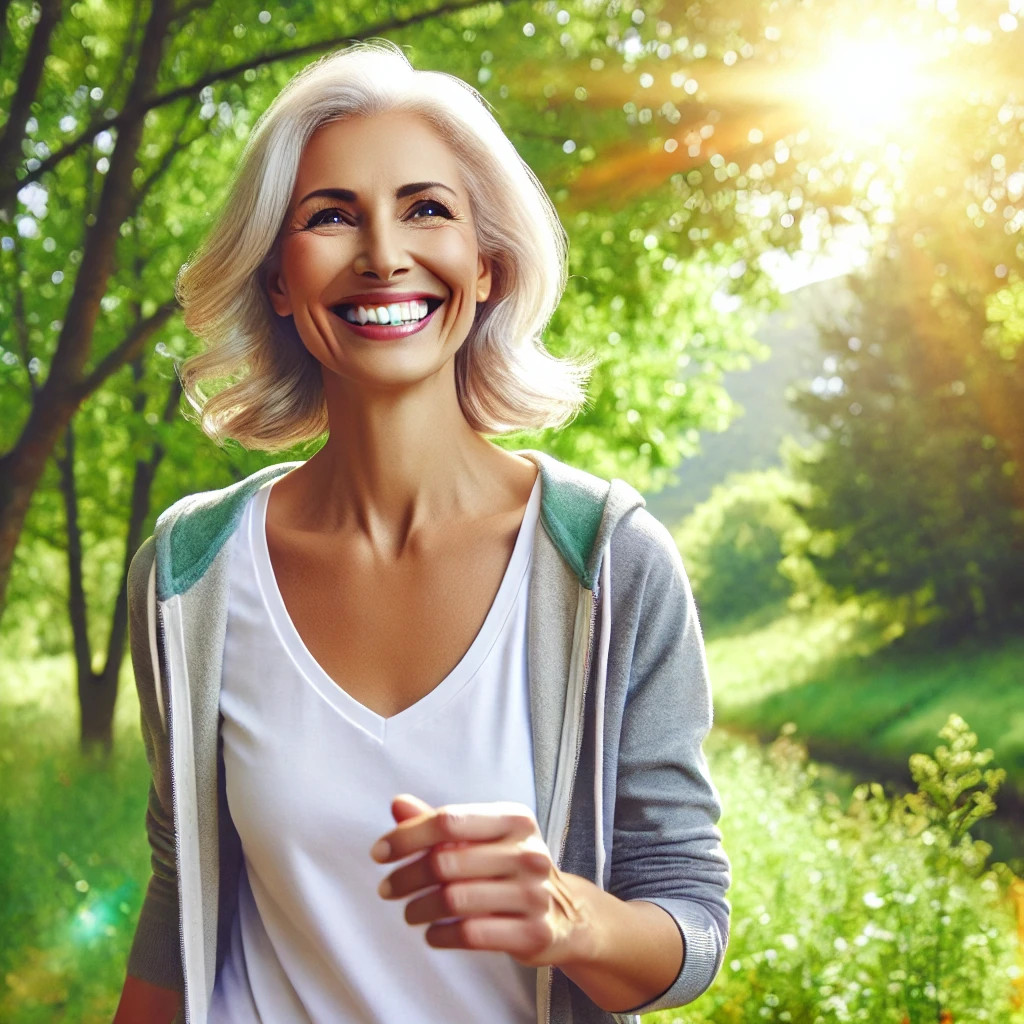
Discover the power of the Paleo diet, a lifestyle choice gaining popularity among women over 50 looking for enhanced health and vitality. Inspired by the eating habits of our hunter-gatherer ancestors, the Paleo diet focuses on whole, unprocessed foods packed with nutrients that support optimal health.
The Paleo diet offers more than just delicious meals; it fosters whole-body well-being, improving energy, mental clarity, digestion, and weight management. Embracing the Paleo lifestyle means prioritizing your body's natural needs with nutrient-dense foods for a fulfilling and healthy life. Join us as we dive deeper into the benefits of those adopting this ancient, revitalizing way of eating.
Read more...The Paleo diet offers more than just delicious meals; it fosters whole-body well-being, improving energy, mental clarity, digestion, and weight management. Embracing the Paleo lifestyle means prioritizing your body's natural needs with nutrient-dense foods for a fulfilling and healthy life. Join us as we dive deeper into the benefits of those adopting this ancient, revitalizing way of eating.
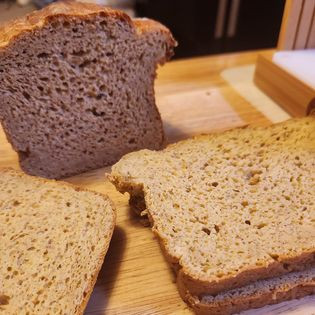
In a culinary landscape often dominated by fast, convenient food options, there emerges a delightful exception that not only tantalizes our taste buds but also offers profound health benefits—sourdough bread. With its distinctive tangy flavor and rustic appeal, sourdough is much more than just a bread; it's a testament to the art of traditional bread-making and a champion for our overall well-being.
A Digestible Delight for the Gut
The magic of sourdough begins with its fermentation process, a natural phenomenon where wild yeast and beneficial bacteria coalesce, transforming simple ingredients into something truly extraordinary. This process not only imbues sourdough with its unique flavor but also makes it a friendlier option for our digestive systems. Through fermentation, the tough-to-digest gluten and phytic acid are broken down, paving the way for a gut-friendly experience.
Steady Energy, Enhanced Nutrition
Beyond digestion, sourdough offers a cascade of benefits, such as stabilizing blood sugar levels and enhancing the bioavailability of key nutrients. Its lower glycemic index means that it provides sustained energy without the spikes and crashes associated with more refined bread options. Moreover, the fermentation process enhances the absorption of vital nutrients, making each slice not just a meal but a nourishing experience.
A Bounty of Vitamins and Natural Preservation
With its rich content of B-vitamins and essential minerals, sourdough bread supports various facets of health, from bolstering energy metabolism to fortifying bone health. Additionally, sourdough's natural acidity acts as a preservative, extending its shelf life without the need for artificial additives.
Personal Reflections on Sourdough
What I love about sourdough is the simplicity and authenticity of its preparation. Crafting sourdough bread with just flour, water, salt, and a trusty starter is a throwback to the age-old tradition of bread-making. I like to use ancient grains in my bread. These grains have not been genetically modified (GMO) so our body can digest them much easier.
Have you ventured into the world of sourdough baking, or perhaps discovered a local bakery that crafts the perfect loaf?
I would love to hear about your experience with sourdough.
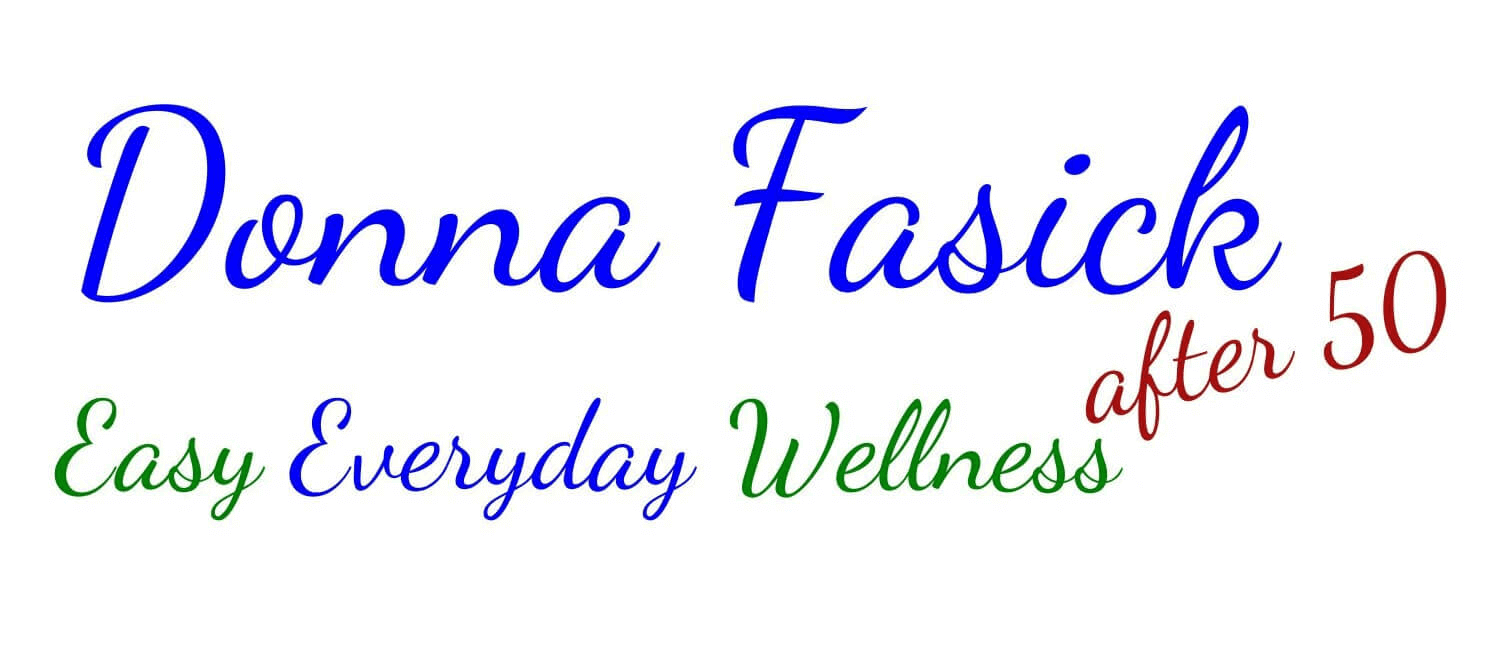
Looking for simple ways to stay active and healthy? https://www.facebook.com/groups/easyeverydaywellness/

Discover the benefits of mindful eating and learn practical tips to incorporate this transformative practice into your daily meals.
Read more...
Have you ever stumbled upon a drink so intriguing, so mysteriously fizzy and flavorful, that it left you craving more? Well, get ready to embark on a taste sensation like no other as we delve into the captivating world of kombucha. But hold onto your hats – this isn't just any ordinary beverage. With its tantalizing tang and surprising health benefits, kombucha is about to revolutionize the way you think about wellness drinks. So, grab a glass, take a sip, and prepare to be amazed.
Read more...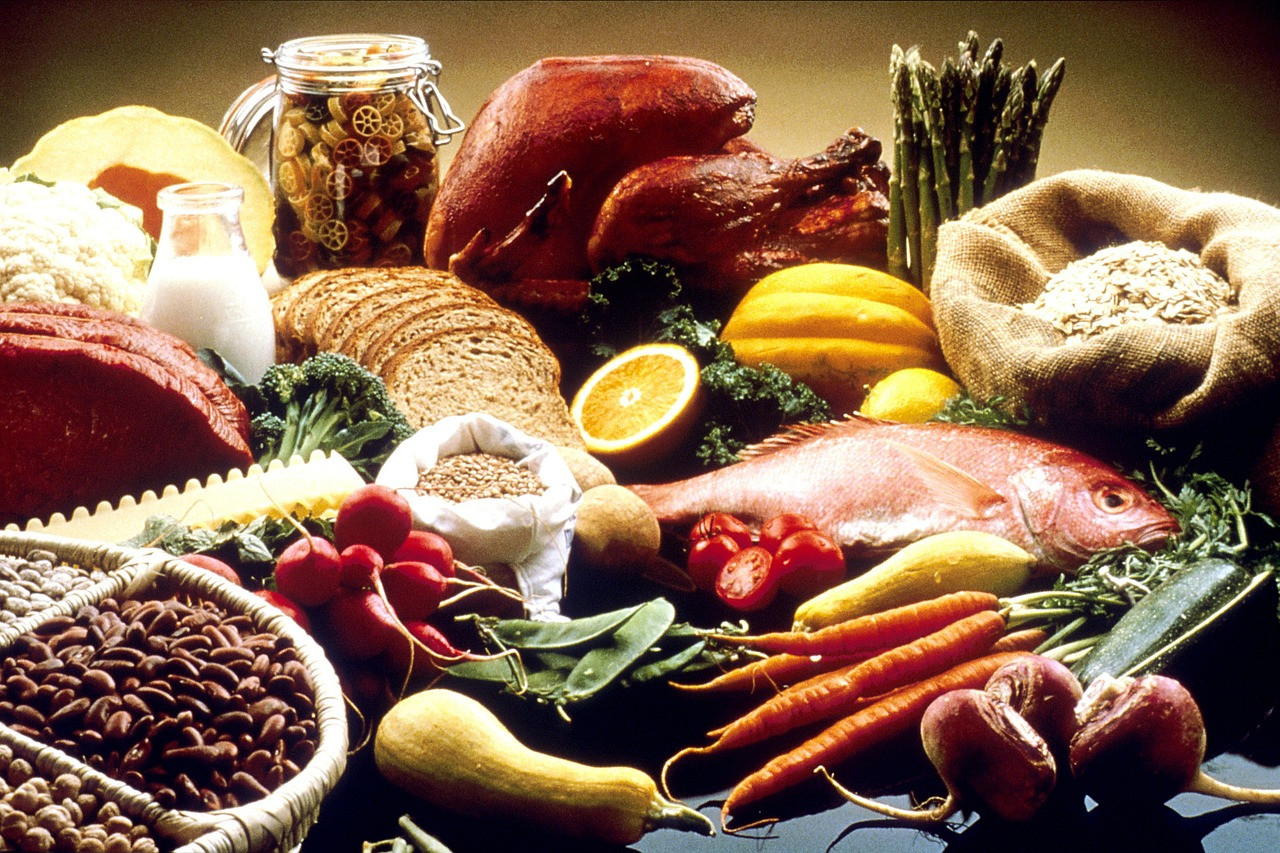
Discover the secret to nourishing your body with wholesome ingredients, boosting energy levels, and supporting long-term health. Say goodbye to processed foods and embrace the journey towards real, unprocessed ingredients that will leave you feeling vibrant and satisfied. Read this blog to learn more about the benefits of whole foods and how they can transform your well-being.
Women over the age of 50 have a lot on their plates. They are usually juggling work, family, and social obligations. It can be difficult to find time to take care of yourself. However, it is important to maintain a healthy lifestyle as you age. Doing so will help you stay independent, active, and vital. Here are some tips for maintaining a healthy lifestyle in your 50's.
1. Eat a healthy diet.
As you age, your metabolism slows down and you may not be able to process food as easily as you once could. It is important to eat nutrient-dense foods that will give your body the fuel it needs to function properly. This includes plenty of fruits, vegetables, whole grains, and lean protein. Avoid processed foods and foods high in sugar, fat, and salt.
2. Get regular exercise.
Exercise is important for maintaining muscle mass, bone density, and flexibility as you age. You should aim for 30 minutes of moderate-intensity exercise on most days of the week. This can include walking, biking, swimming, or dancing. If you are new to exercise, start slowly and gradually increase your activity level as your fitness level improves.
3. Stay mentally sharp.
Studies have shown that mental stimulation can help keep your brain healthy as you age. Engage in activities that challenge you mentally such as puzzles, games, or learning a new skill or language. Make sure to stay socially connected too—spending time with friends and family can help reduce stress and improve your mood.
4. Get enough sleep.
As you age, you may need less sleep than you did when you were younger but it is still important to get 7-8 hours per night. A good night’s sleep will help improve your mood, memory, and concentration during the day. Make sure to establish a regular sleep schedule and create a peaceful environment in your bedroom to promote relaxation before bedtime.
Maintaining a healthy lifestyle in your 50s requires some effort but it is worth it! Eating right, getting regular exercise, staying mentally sharp, and getting enough sleep will help you stay independent and active well into your golden years!
If you feel like you need help in any of these areas, I’d love to chat with you to see if we can come up with some supplements that can work along side these tips to give you the wellness you are looking for.
Looking for simple ways to improve your health? Check out my Facebook group! https://www.facebook.com/groups/easyeverydaywellness


Have you ever woken up feeling unstoppable and ready to seize the day? Perhaps you know someone who radiates this energy and confidence at the crack of dawn. Whether you’re a morning person or not, there’s no denying that the first moments set the mood for the rest of the day. Essential oils can be used to tap directly into the limbic system to stimulate memories and emotions.

There are so many definitions for that single word. This is possibly because there is no scientific consensus on a single definition. Emotion represents a mental state associated with thoughts and feelings. It is a conscious experience with intense mental activity and a high degree of pleasure or displeasure. Emotion is often intertwined with mood, temperament, past experiences, personality, disposition, and motivation.
As you inhale essential oils, the tiny molecules enter the nasal cavity and pass by the olfactory bulb. Your olfactory bulb is a part of your limbic system and therefore your response to an aroma is going to be emotional before it can be rational.
This is great news! That means you can use essential oils to recall both good and bad memories. If they are bad, you can use the oils to help you release cellular memories stored in the body, allowing you to process and move past them.
We all regularly come in contact with reactions to smells. You walk into the house at dinner time and smell your favorite meal being prepared. Your emotions are instantly triggered by the fond memories you have of that meal and you feel joy. You smell the cologne your grandfather used to wear. It instantly triggers emotions based on your relationship. If you had a good relationship, you may feel emotions like love and joy. If you had a bad relationship or he has passed away, you may feel anger or sadness.
Incorporating essential oils into your morning routine can amplify your intentions and enhance your feelings of confidence so you can start your day from a place of strength. Layering and blending specific oils in distinct ways can help cultivate the right mindset to manifest your goals.
If you'd like some help choosing the right oil(s) to support your emotional wellness, I'd be glad to help you out.


We all know that it's important to reduce toxins in our daily lives. But with so much information out there, it can be hard to know where to start. If you're feeling a little overwhelmed, take a deep breath—we've got you covered. Here are three simple ways to reduce toxins in your home.
Read more...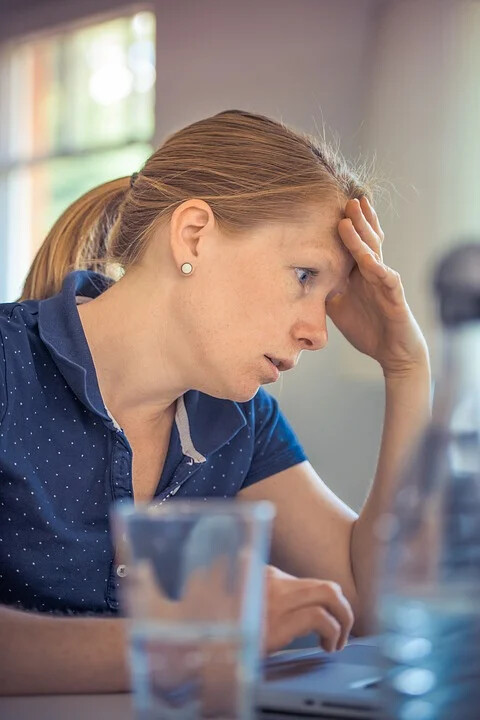
If you're feeling run down, struggling with chronic health issues, or just generally not feeling your best, it's possible that you're suffering from toxic overload. Toxic overload occurs when your body is overwhelmed by toxins and can no longer effectively process them. This can lead to a host of health problems, both mental and physical.
Fortunately, there are ways to detox your body and reduce your toxic load. But first, it's important to be able to identify the signs and symptoms of toxic overload. Read on to learn more.
Read more...



